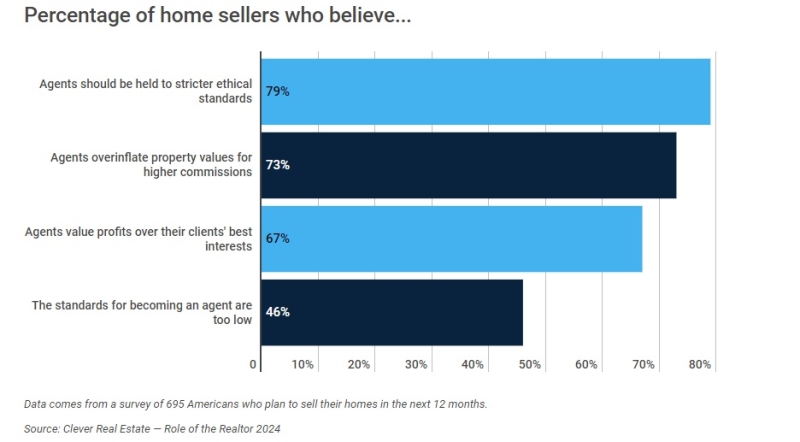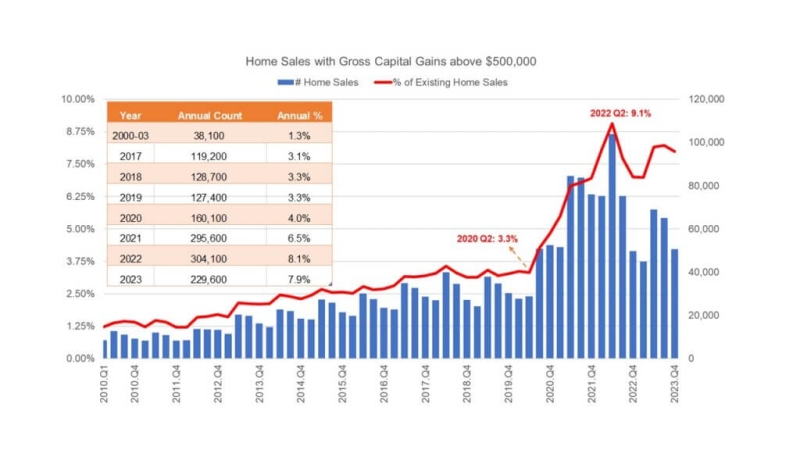Advertisement
Indicators Point Toward Modest Housing Recovery as Prices See Slight Slide

Median existing-home prices declined modestly in the second quarter with 27 percent of metropolitan areas experiencing price gains from a year ago, while state home sales declined from the second quarter of 2010, according to the latest quarterly report by the National Association of Realtors (NAR). The median existing single-family home price rose in 41 out of 151 metropolitan statistical areas (MSAs) in the second quarter from the same period in 2010, including four with double-digit increases; one was unchanged and 109 areas showed price declines. In the first quarter, 34 metro areas had posted gains from a year earlier.
"The direction of the economy will be determined principally by the housing market recovery, and indications now are pointing toward only a modest recovery. Median home prices have been moving up and down in a relatively narrow range in many markets, which shows a stabilization trend,” said Lawrence Yun, NAR chief economist. “Markets showing consistent price stability or increases are those with solid labor market conditions, such as in Washington, D.C.; San Antonio; or Fargo, N.D. The level of foreclosures, which can artificially depress median prices, can vary notably in given markets. The annual price gauge smoothes out the quarterly swings and has shown fairly stable price trends in most markets.”
NAR’s Housing Affordability Index (HAI) stood at 176.6 in the second quarter, the third highest on record after the first quarter of 2011 and fourth quarter of 2010. The index measures the relationship between median home price, median family income and mortgage interest rates; the higher the index, the greater household purchasing power. Recordkeeping began in 1970.
The national median existing single-family home price was $171,900 in the second quarter, down 2.8 percent from $176,800 in the second quarter of 2010. The median is where half sold for more and half sold for less. Distressed properties, typically sold at a discount of about 20 percent, accounted for 33 percent of second quarter sales, down from 39 percent in the first quarter; they were 32 percent a year earlier.
Total state existing-home sales, including single-family and condo, declined 5.4 percent to a seasonally adjusted annual rate3 of 4.86 million in the second quarter from 5.14 million in the first quarter, and were 12.7 percent below a 5.57 million pace during the second quarter of 2010. June 2010 was the closing deadline for the first-time homebuyer tax credit.
“It’s frustrating for many creditworthy potential home buyers to realize that when they’re ready to make a move, banks remain risk averse,” said NAR President Ron Phipps. “People with good jobs, long-term plans and who are willing to stay well within their means deserve an opportunity to realize their American dream of homeownership. When banks return to normal and safe but sensible lending standards, housing will be able to contribute its traditional share to economic growth.”
The share of all-cash home purchases was 30 percent in the second quarter, up from 25 percent in the second quarter of 2010. Investors, who make up the bulk of cash purchasers, accounted for 19 percent of second quarter transactions, up from 14 percent a year ago.
First-time homebuyers purchased 35 percent of homes, down from 46 percent in the second quarter of 2010. Repeat buyers accounted for a 56 percent market share in the second quarter, up from 40 percent a year earlier.
In the condo sector, metro area condominium and cooperative prices—covering changes in 54 metro areas—showed the national median existing-condo price was $169,200 in the second quarter, which is 3.5 percent below the second quarter of 2010. Fourteen metros showed increases in the median condo price from a year ago and 40 areas had declines.
Regionally, the median existing single-family home price in the Northeast rose two percent to $245,600 in the second quarter from a year ago. Existing-home sales in the Northeast declined 4.6 percent in the second quarter to a level of 763,000 and are 19.9 percent below the second quarter of 2010.
The median existing single-family home price in the Midwest fell 5.4 percent to $139,800 in the second quarter from the same period in 2010. Existing-home sales in the Midwest were down 3.1 percent in the second quarter to a pace of 1.05 million and are 18.3 percent below a year ago.
In the South, the median existing single-family home price declined 2.7 percent to $153,000 in the second quarter from a year earlier. Existing-home sales in the South fell 3.4 percent in the second quarter to an annual rate of 1.89 million and are 9.9 percent below the second quarter of 2010.
The median existing single-family home price in the West declined 3.1 percent to $218,000 in the second quarter from the second quarter of 2010. Existing-home sales in the West dropped 10.8 percent in the second quarter to a level of 1.16 million and are 6.2 percent below a year ago.
About the author





